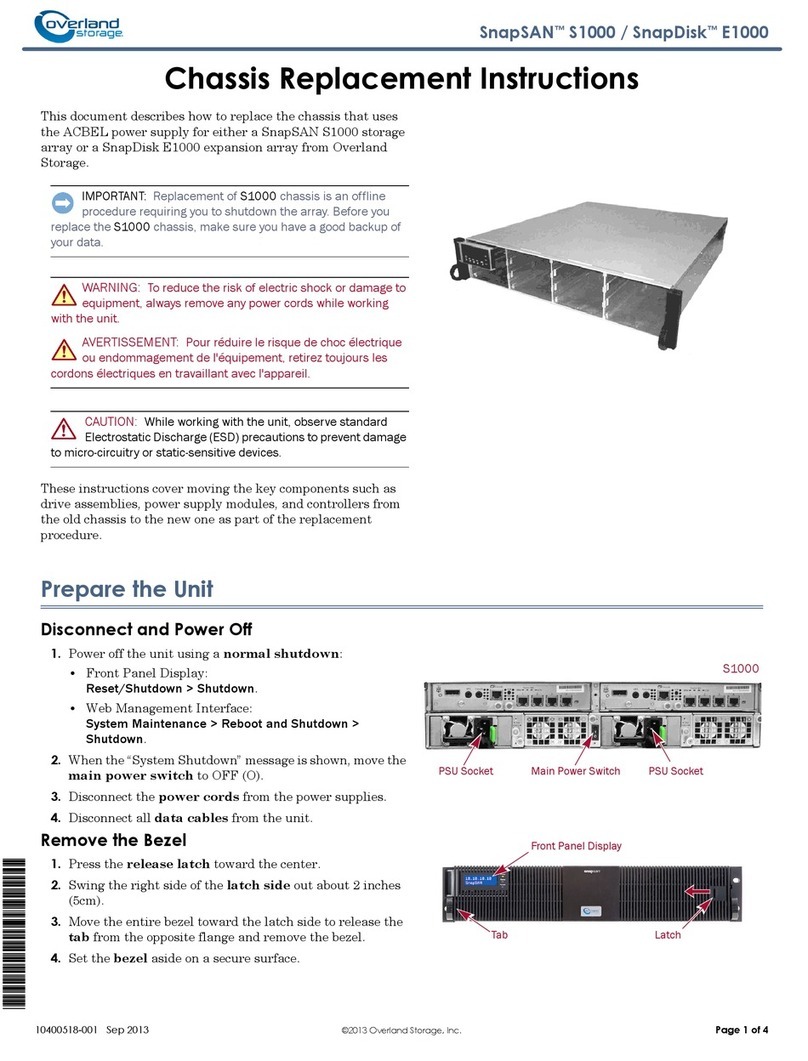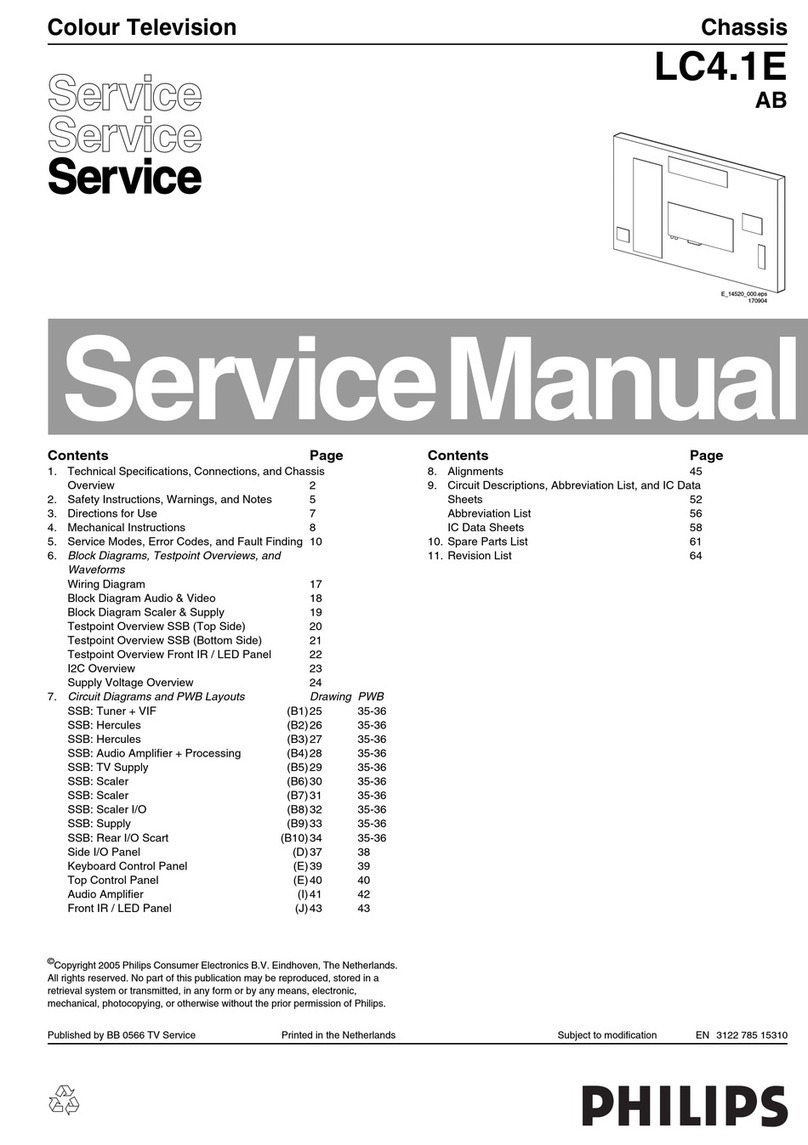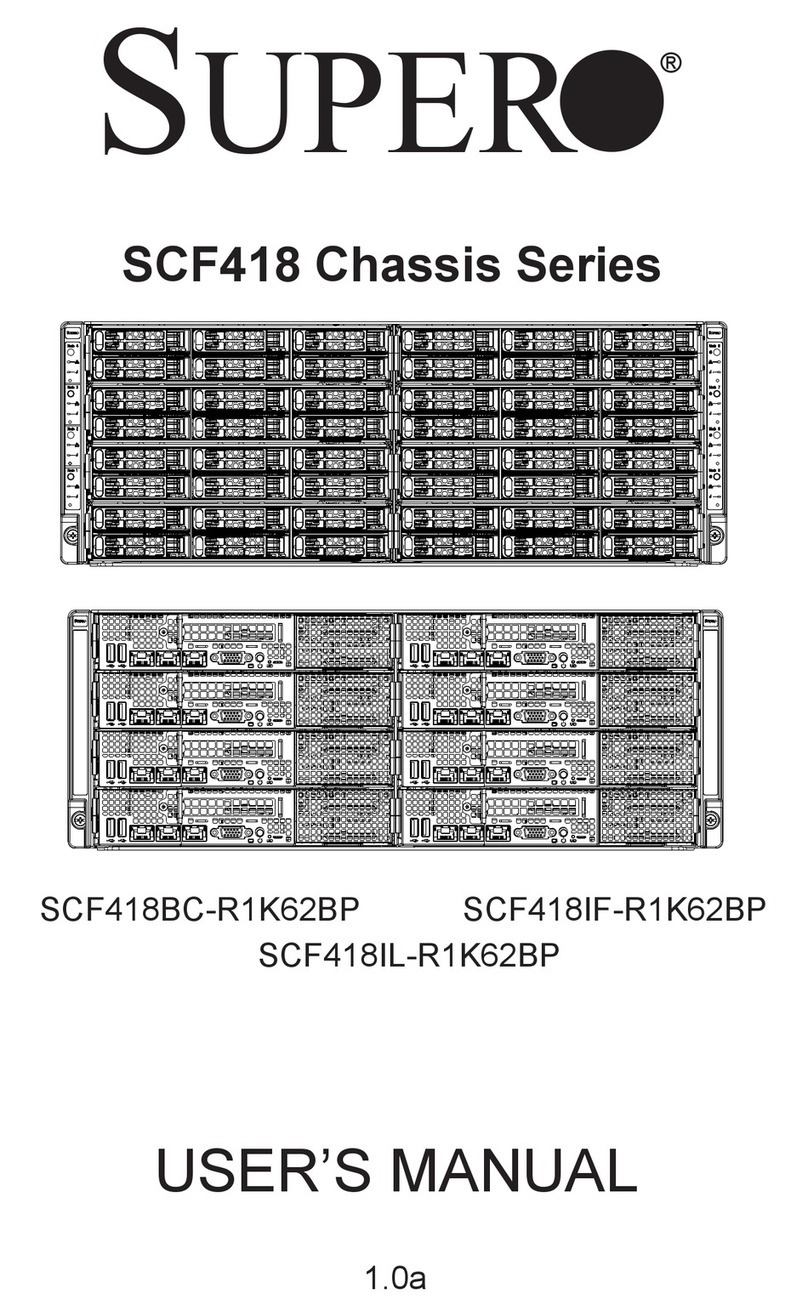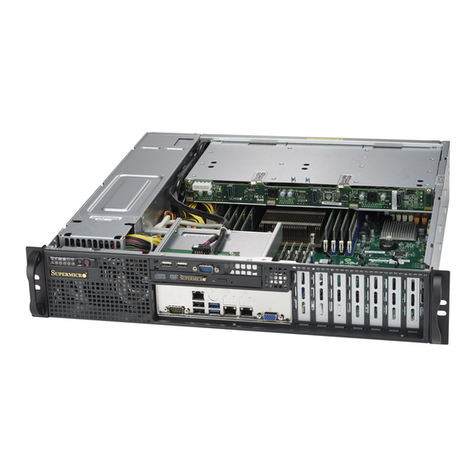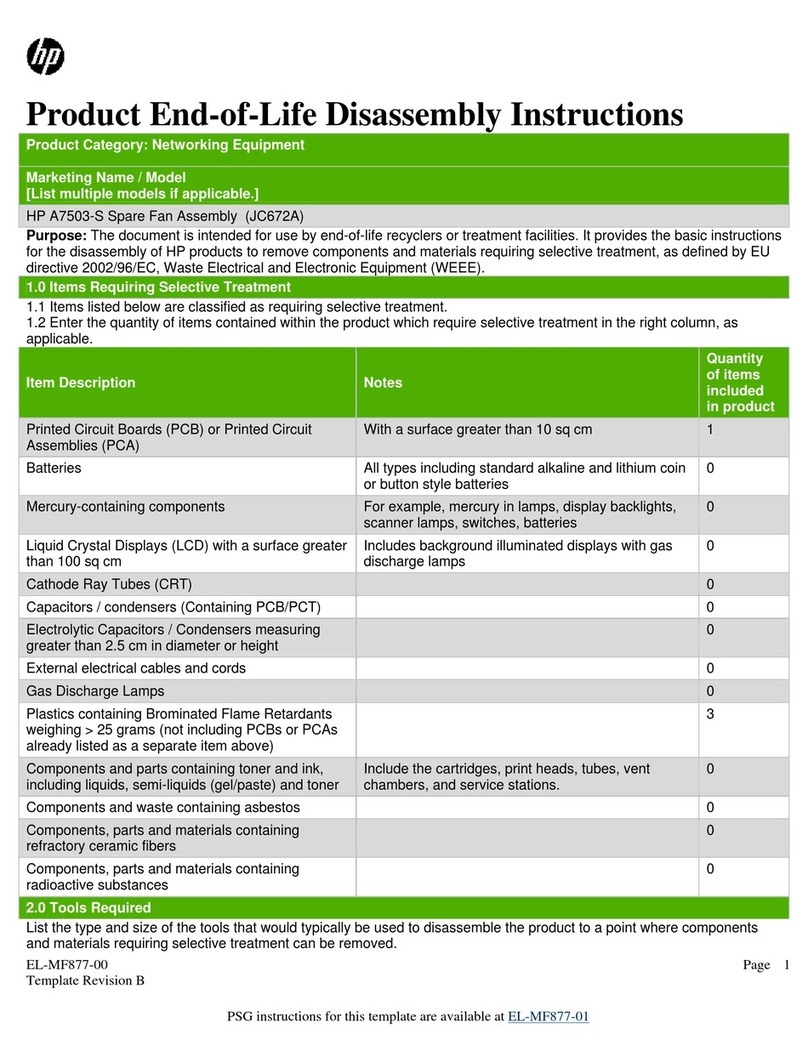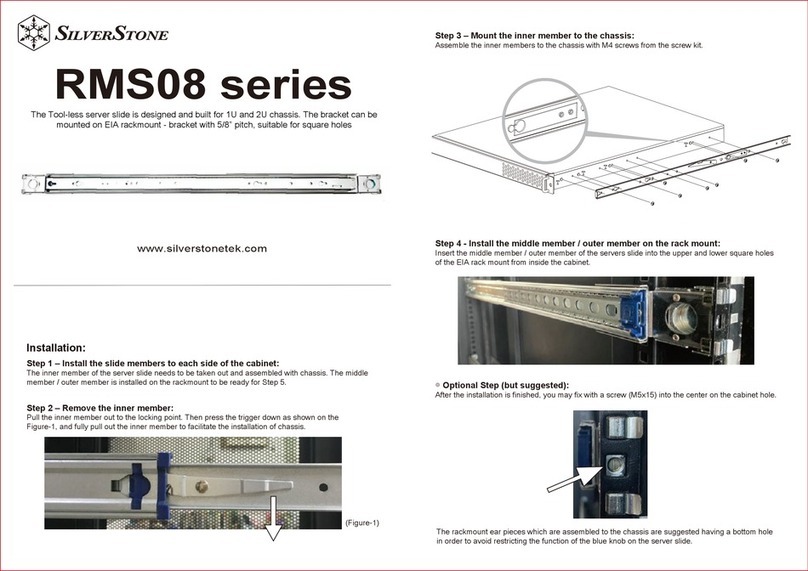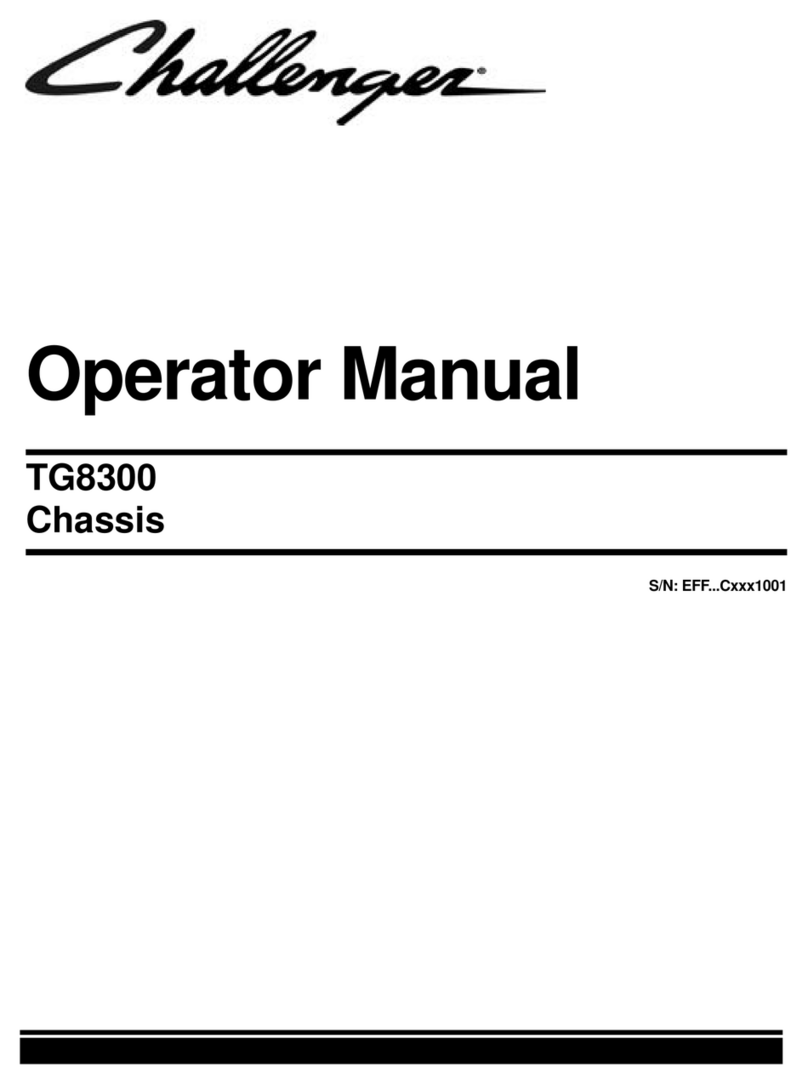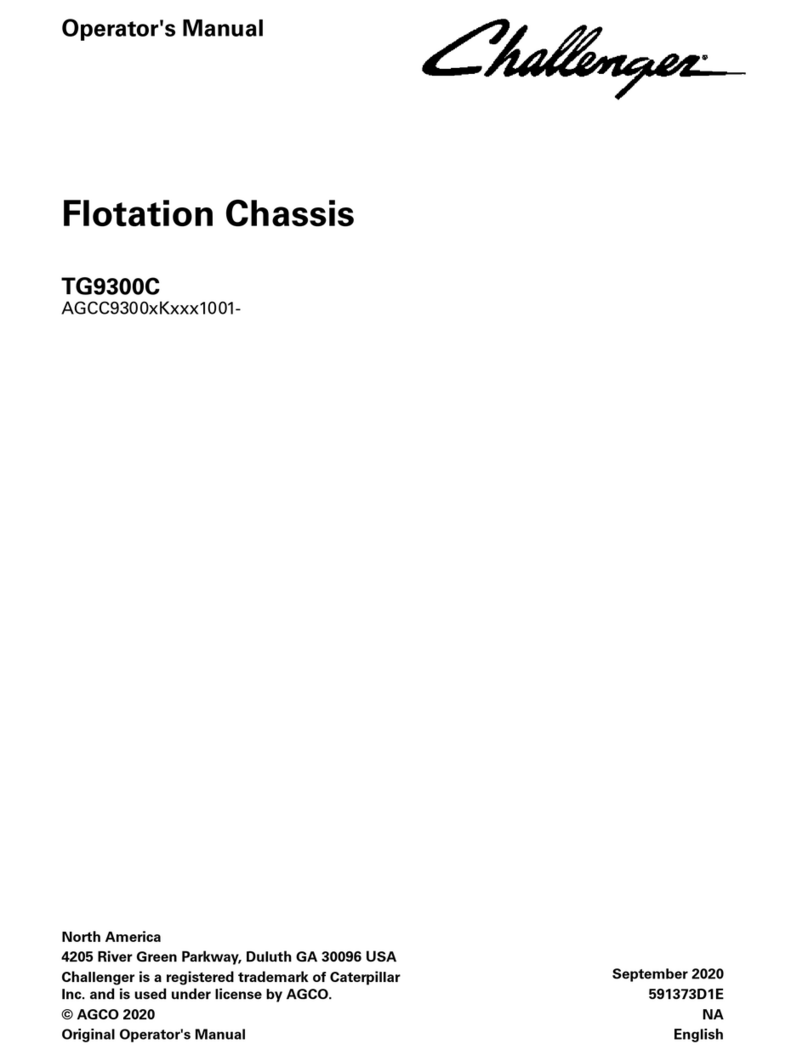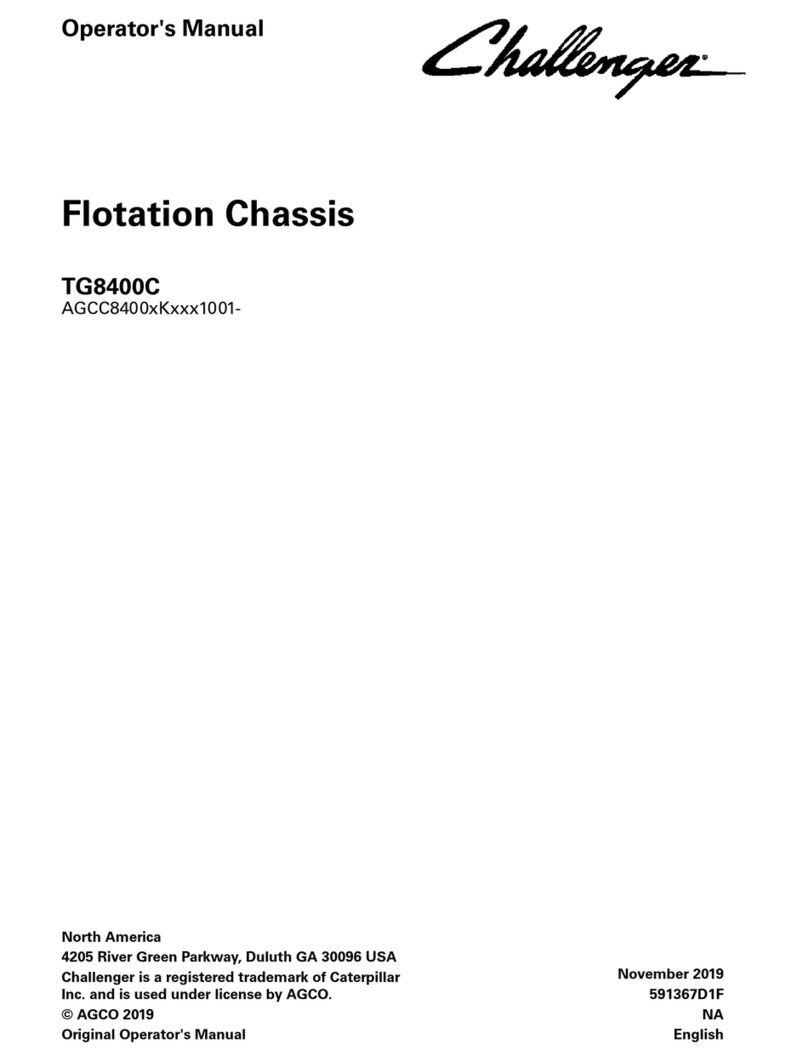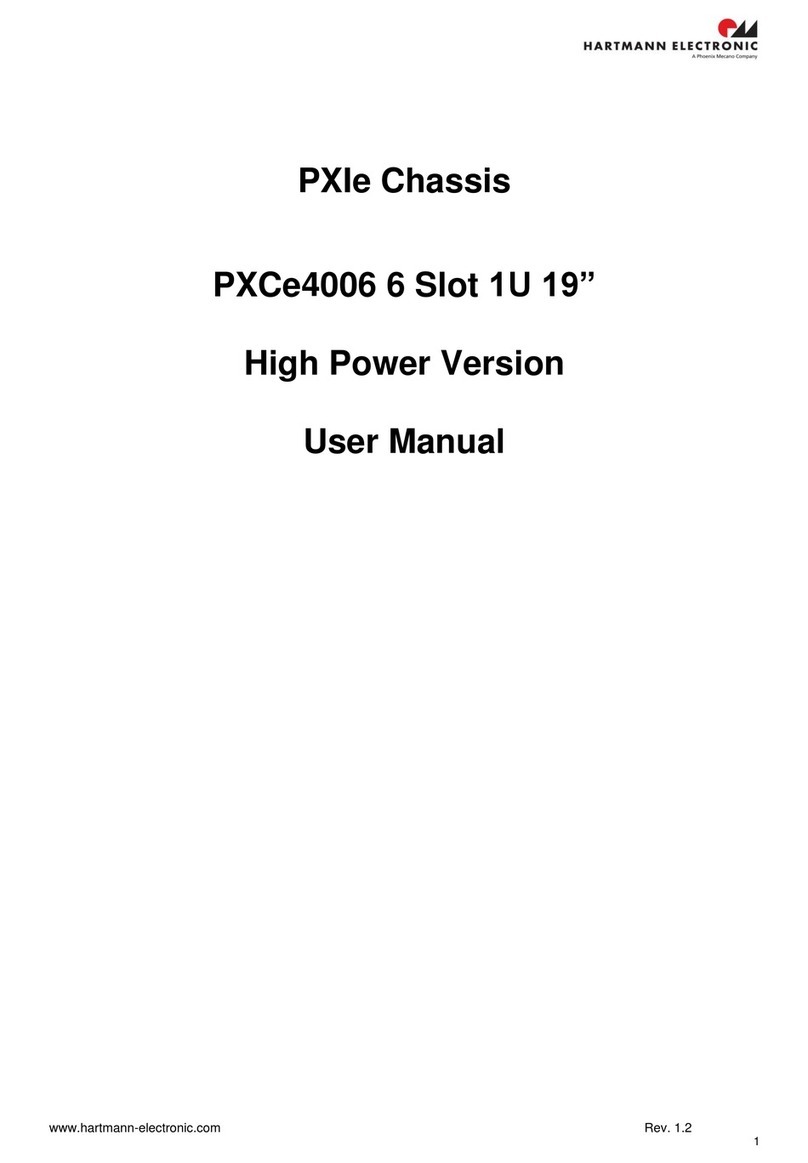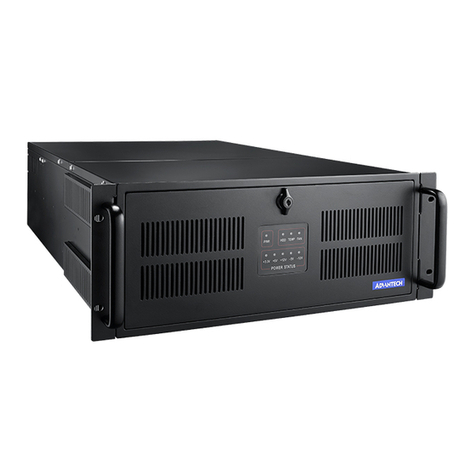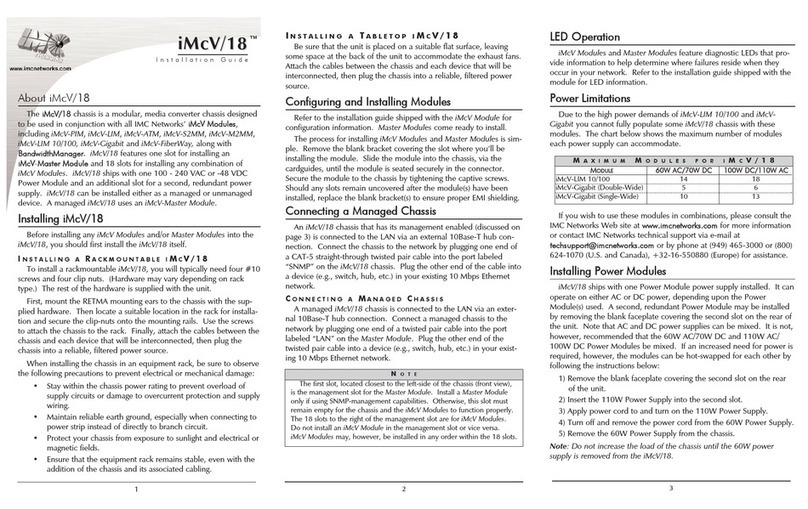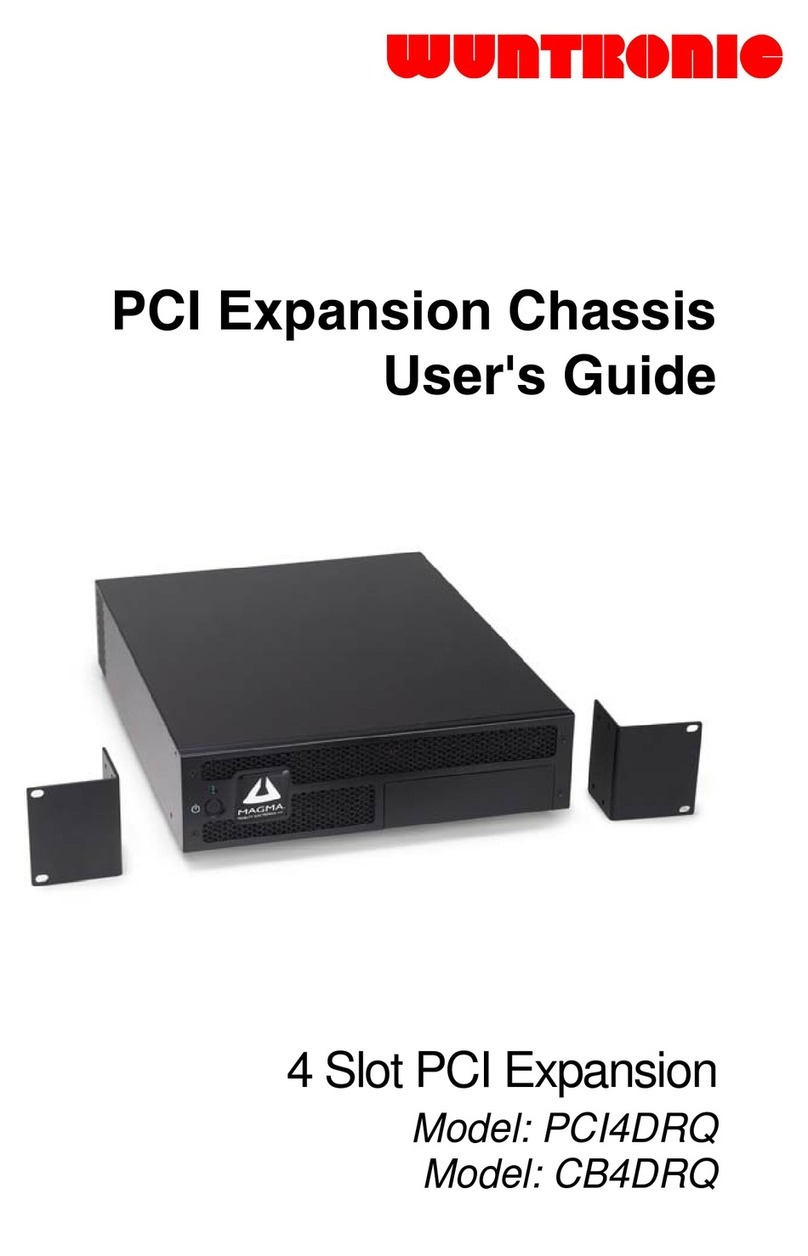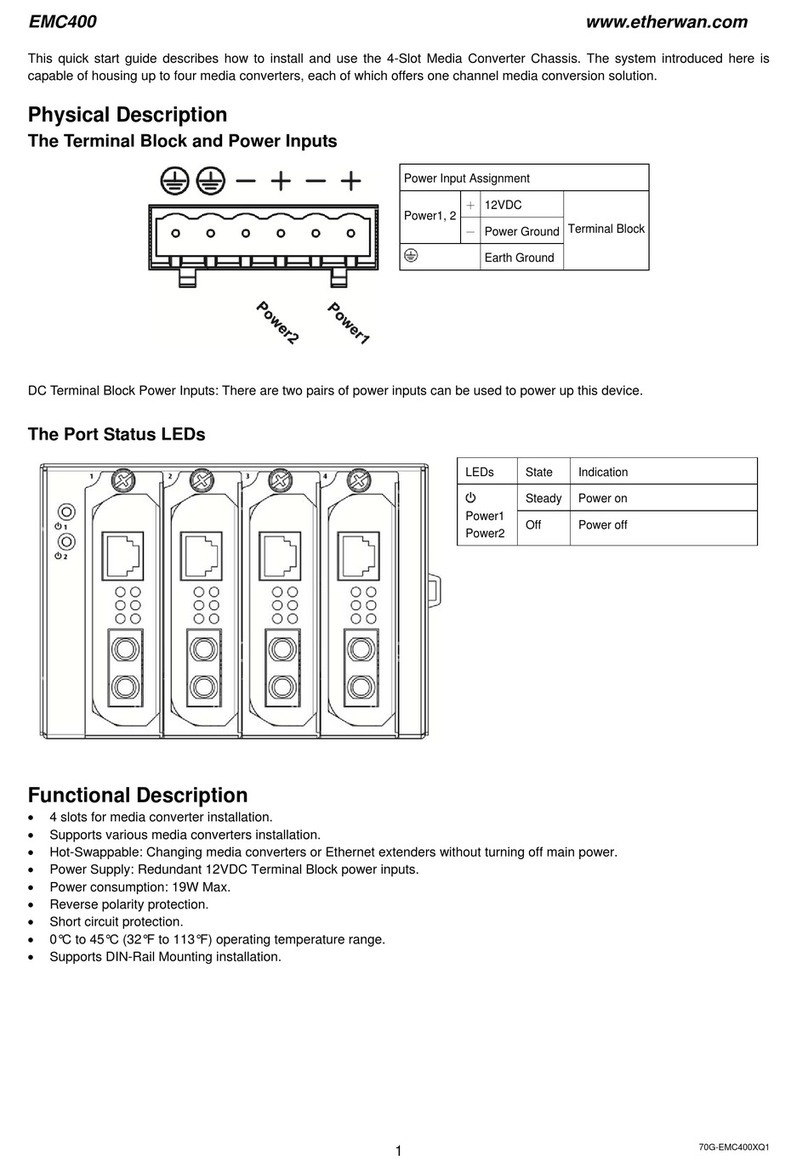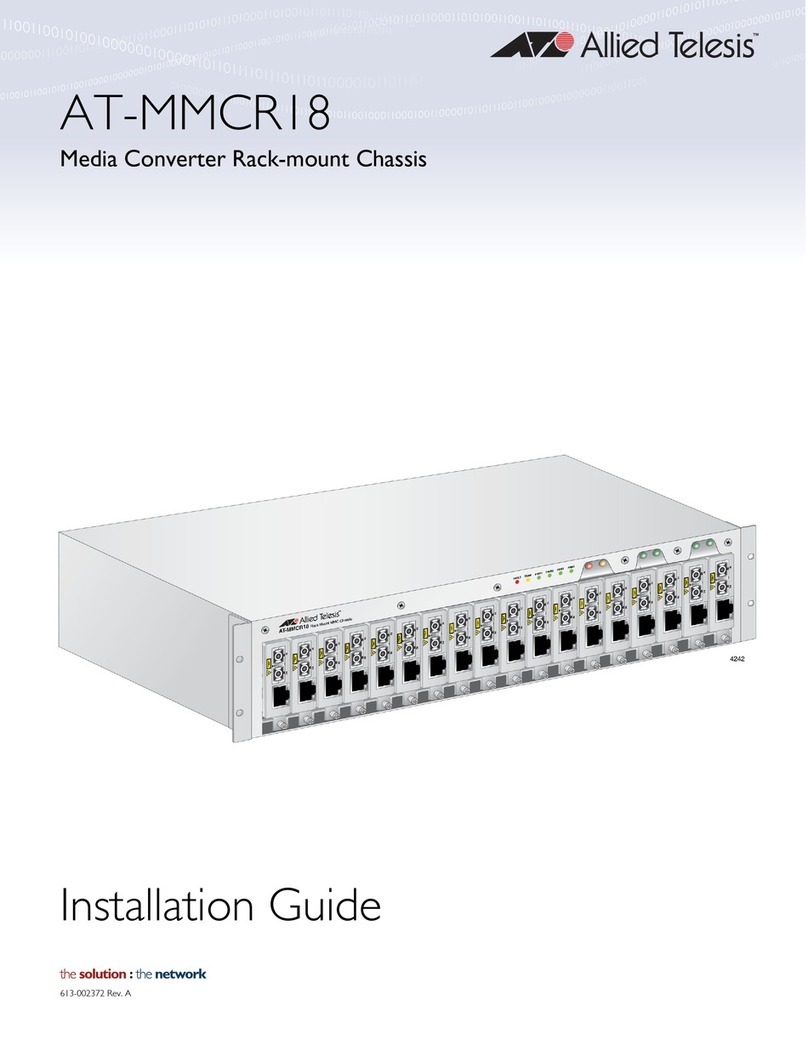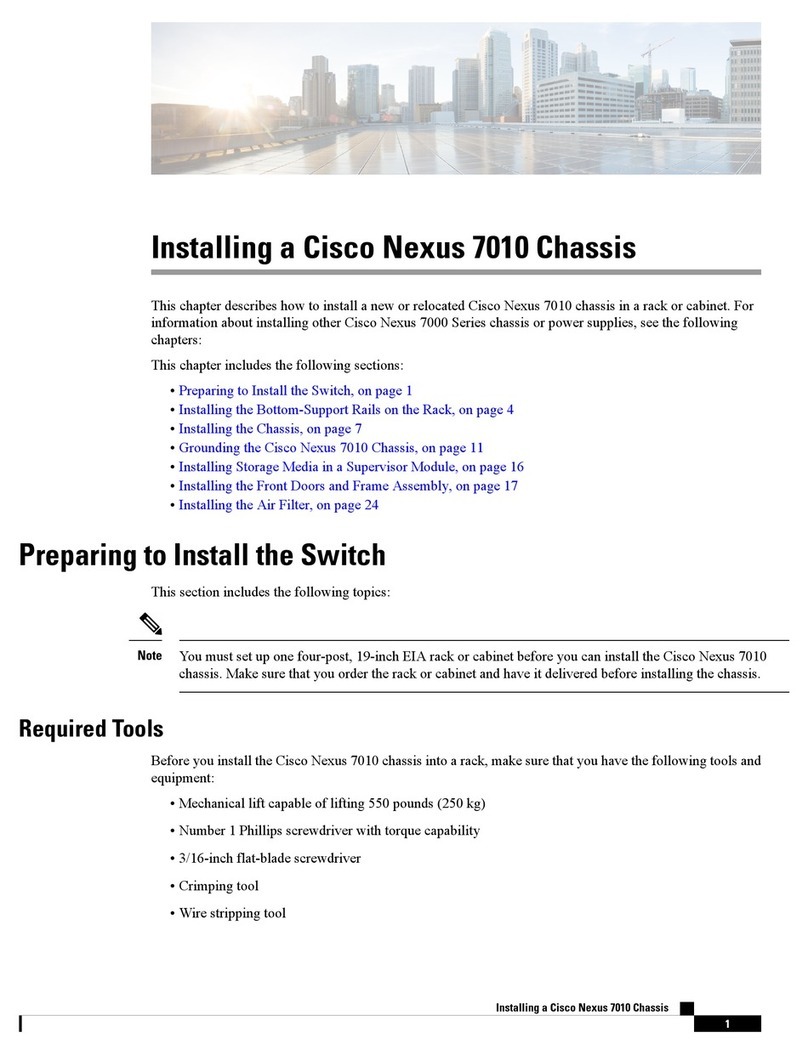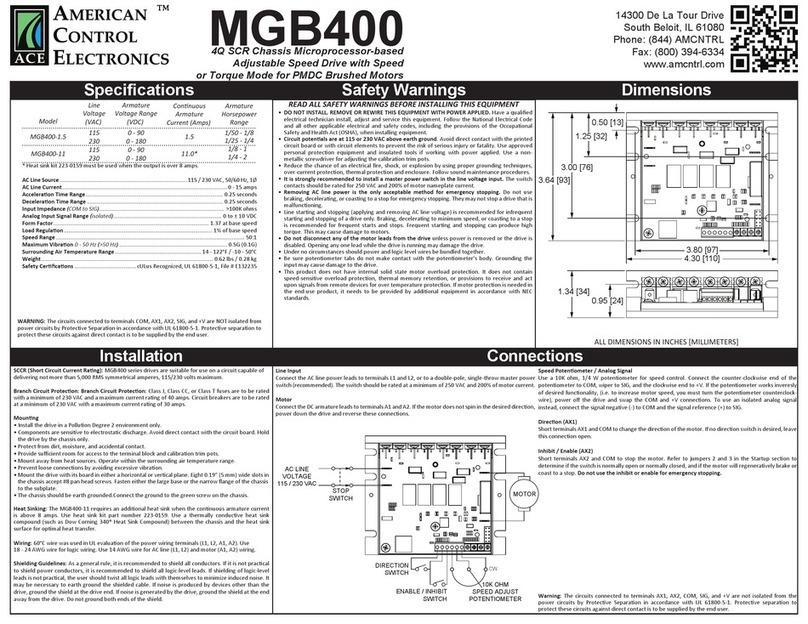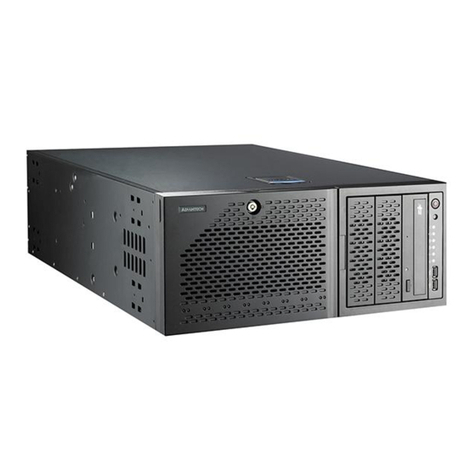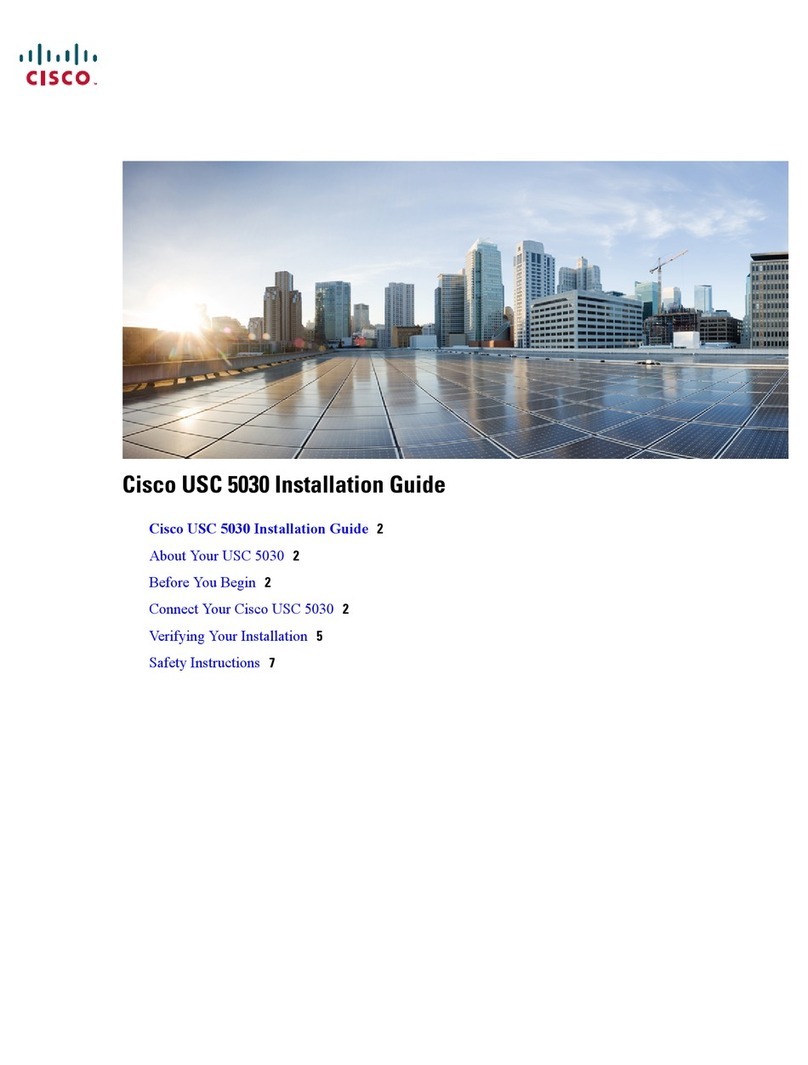
1-ii AG617715
CONTENTS
Fuel In-line Strainer ............................................................................................................................. 2-3
Chassis / Cab Modification ........................................................................................................................ 2-3
Towing ....................................................................................................................................................... 2-4
Parking Brake Information ......................................................................................................................... 2-4
Parking Brake Emergency Release ........................................................................................................... 2-4
Transporting ............................................................................................................................................... 2-5
Component Locations ................................................................................................................................ 2-6
Left View and Right View .................................................................................................................... 2-6
Front View, Rear View and Top View ................................................................................................. 2-8
CONTROLS .................................................................................................................................................. 3-1
Controls And Instruments .......................................................................................................................... 3-1
Instrument Panel ................................................................................................................................. 3-1
Front Console ...................................................................................................................................... 3-2
Multi Function Gear Handle ................................................................................................................. 3-3
Transmission Display .......................................................................................................................... 3-5
Upper Switch Panel Armrest ............................................................................................................... 3-6
Lower Switch Panel Armrest ............................................................................................................... 3-7
Roof Switch Panel ............................................................................................................................... 3-8
Accessory Panel .................................................................................................................................. 3-9
Map Dome Light .................................................................................................................................. 3-9
Radio/CD Player ................................................................................................................................ 3-10
Sun Visor ........................................................................................................................................... 3-10
Cup Holder ........................................................................................................................................ 3-10
Hidden Compartment ........................................................................................................................ 3-11
Power Outlet Station ......................................................................................................................... 3-11
Cargo Net .......................................................................................................................................... 3-11
Foot Pedals .............................................................................................................................................. 3-12
Steering Wheel ........................................................................................................................................ 3-13
Automatic Temperature Control ............................................................................................................... 3-14
Description ........................................................................................................................................ 3-14
Special Functions .............................................................................................................................. 3-14
Troubleshooting ................................................................................................................................. 3-15
Key Switch And System Power Switch .................................................................................................... 3-16
Operator Seat .......................................................................................................................................... 3-17
Seat Belts ................................................................................................................................................ 3-19
OPERATION ................................................................................................................................................. 4-1
Before Starting the Vehicle Engine ............................................................................................................ 4-1
Starting the Engine .................................................................................................................................... 4-1
Cold Temperature Starting .................................................................................................................. 4-1
Starting a Warm Engine ...................................................................................................................... 4-1
Stopping the Engine ............................................................................................................................ 4-1
Cruise Control ............................................................................................................................................ 4-2
Traveling on Public Roads ......................................................................................................................... 4-2
Transmission Function Description ............................................................................................................ 4-2
Inching ................................................................................................................................................. 4-2
Shuttle Shifts ....................................................................................................................................... 4-2
Speed Matching .................................................................................................................................. 4-2
Roading Auto Shift .............................................................................................................................. 4-3
Headland Auto Shift ............................................................................................................................ 4-4
High/Low Gear Setting ........................................................................................................................ 4-4
Manual Shift Mode .............................................................................................................................. 4-5
Display Sections .................................................................................................................................. 4-6
Roading Speed Limit ........................................................................................................................... 4-6
Downshift Inhibit for Engine Overspeed Protection ............................................................................. 4-6
Error Codes ......................................................................................................................................... 4-6
Calibration ........................................................................................................................................... 4-6
2 / 4 Wheel Drive ....................................................................................................................................... 4-7
Dog Walk (Optional) .................................................................................................................................. 4-7
Emergency Steering (Optional) ................................................................................................................. 4-8
Controller ................................................................................................................................................... 4-8
Engine Hood .............................................................................................................................................. 4-9
Opening the Engine Hood ................................................................................................................... 4-9
Closing the Engine Hood ..................................................................................................................... 4-9
Cab Tipping Over ..................................................................................................................................... 4-10
Tipping Over ...................................................................................................................................... 4-10
Find manuals at https://best-manuals.com
